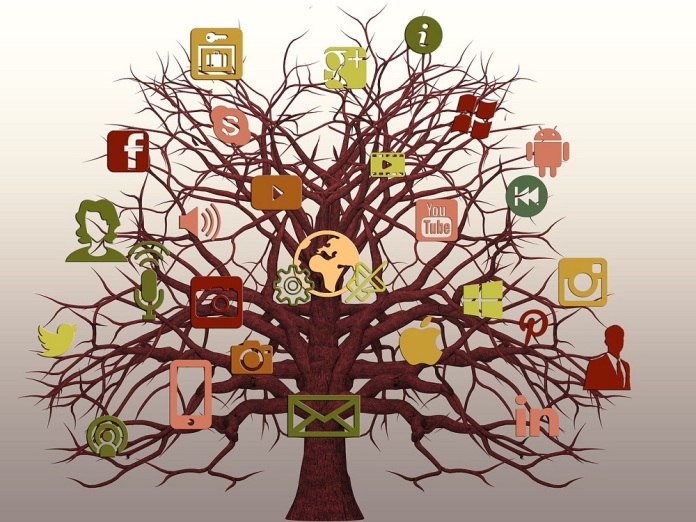If you are starting to do eBook marketing, and you are not quite sure how to begin, you should know that it’s not that difficult to start making sales, even with a brand-new product. It’s a simple matter of getting targeted visitors to the website where you are selling your product and based upon that sales page, convert those visitors into buyers.
The most difficult part is finding a way to get this targeted traffic and to do so for an affordable cost. Here are three simple eBook marketing tips that you can use if you have an eBook ready to sell right now.
Facebook Marketing
The first thing that you should do is create a Facebook page which is going to showcase your book. You will need to make regular posts about the content. This will serve as points of interest that may motivate people to see what it is that you are selling. Generating such interest can help you start selling multiple eBooks very quickly.
However, you should do a “like” campaign to get things started. The more people that are following you, the more potential customers will see your posts. If people are following you, they have already been prequalified as a potential buyer which is why this particular marketing strategy works so well.

Listing Listing It on Kindle
Kindle is part of the Amazon network. You need to create a KDP account to get started. You must upload your eBook, and also add in information including the title, description, and submit it all for review. It typically takes about 24 hours for this to happen, and your book will be live.
You also need to have an eCover for your book. The cover is what people will see when they find your book on Amazon, and can subsequently purchase it if it interests them.
To get a cover, you go to a site like Fiverr and get one done for you. You can also put one together yourself by investing in digital cover creation software like eCover Software Pro or Pixel Studio FX. The latter is the one I prefer. But, before you spend money on it take a look at http://www.pixelstudiofxreview.net/ to make sure this software is indeed right for you. I have been quite happy with it, but everyone’s preferences are a little different.

The reason that adding your book to Amazon as a Kindle book is so important is that it will allow you to tap into the buyers market of Amazon. People that go to Amazon are not merely looking for information. They are there to buy something. This is the reason why many people become highly successful marketing Kindle books.
Create a Website and Autoresponder
Another way to market your eBook is to create a web page that showcases it, providing information in a sales page format. You will need to have a button where people can click and buy what you are selling. Transactions can be handled through PayPal, or you may want to use one of the larger eBook platforms such as ClickBank.com.
If you do decide sell using a platform like ClickBank, you have the added benefit of allowing people to sell your product for you. They will make large affiliate commissions by marketing your product using the graphics that you will provide. They will simply get a link to sell your product, and you can make money on autopilot by having multiple affiliates market your book across the web.
These are just a few of the many eBook marketing tips that you may want to consider. They have been working very well for several years. If you can create multiple eBooks on a continual basis, you could find yourself generating thousands of dollars a month in sales courtesy of Facebook, Amazon, and all of the affiliates that you will have on the ClickBank marketplace.








